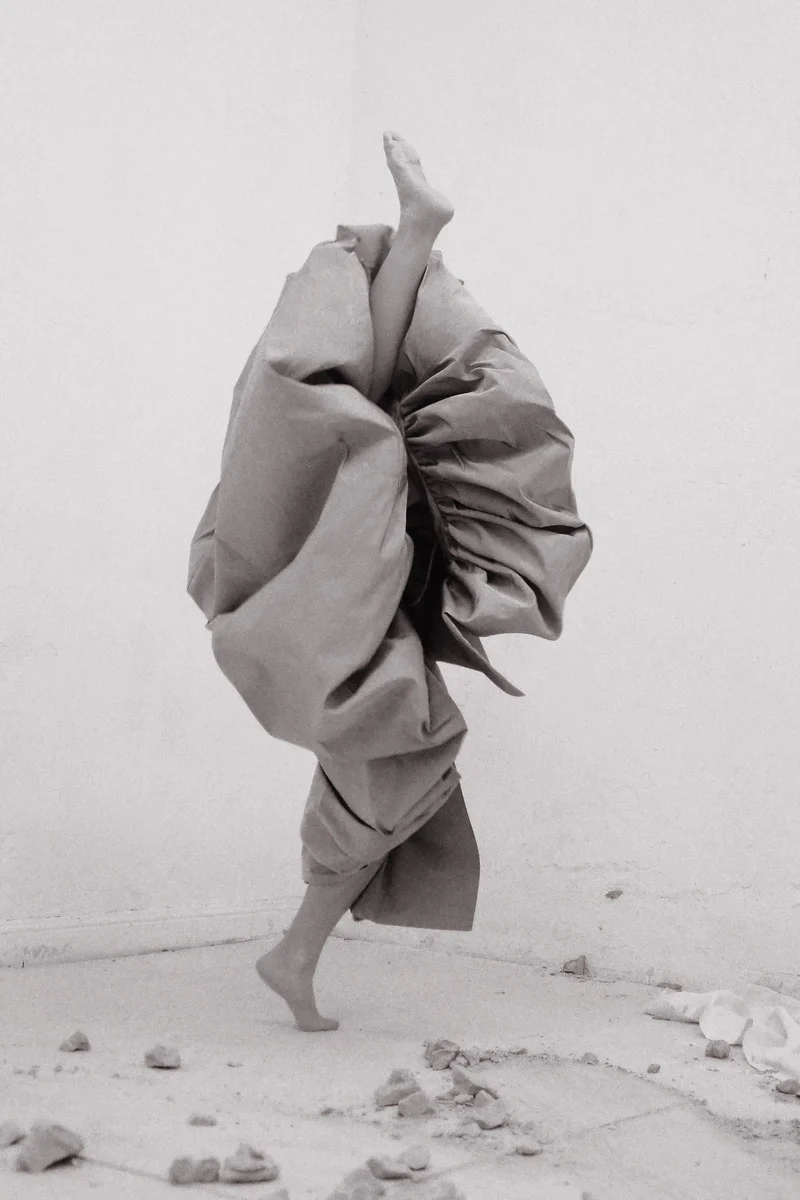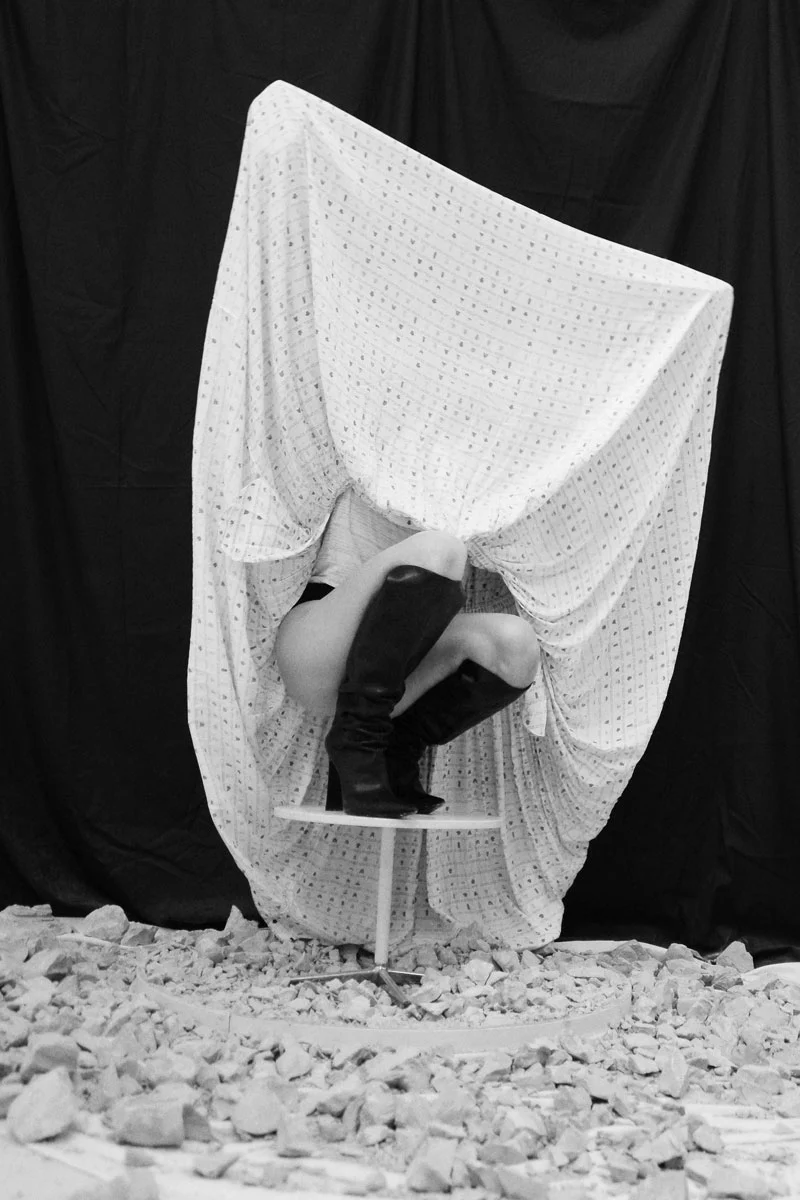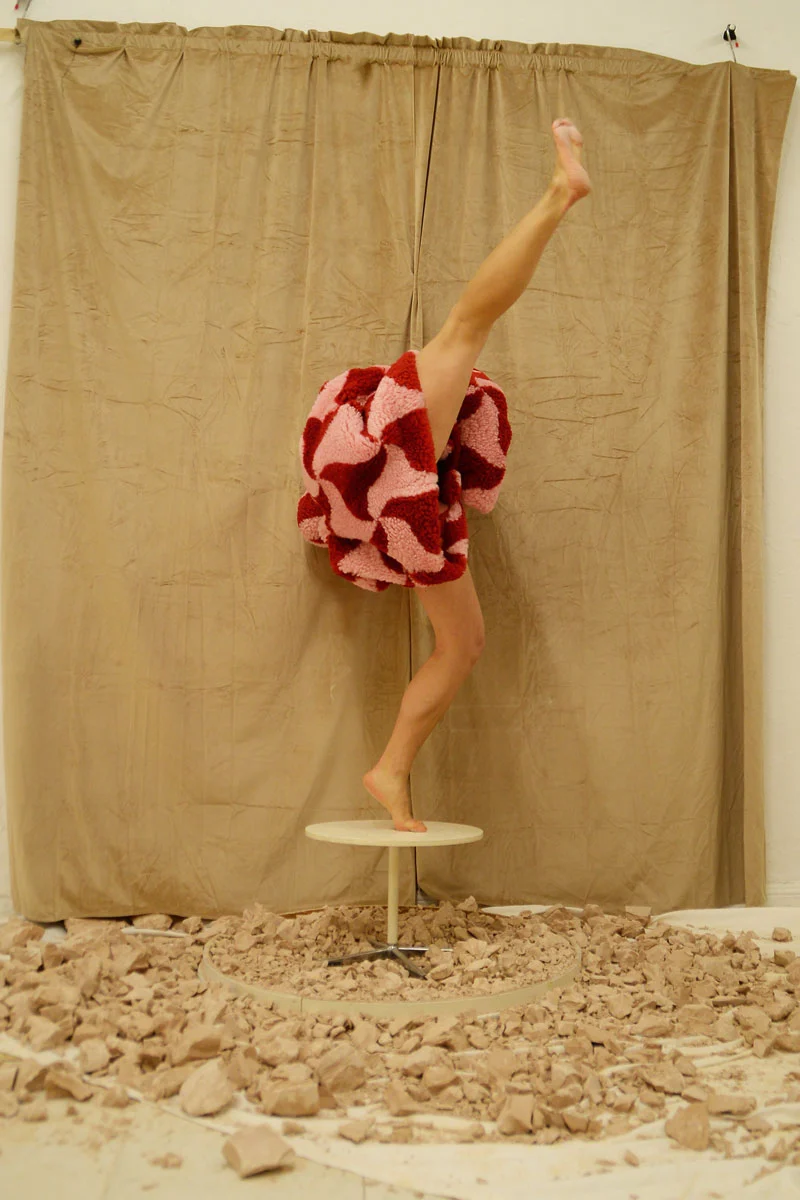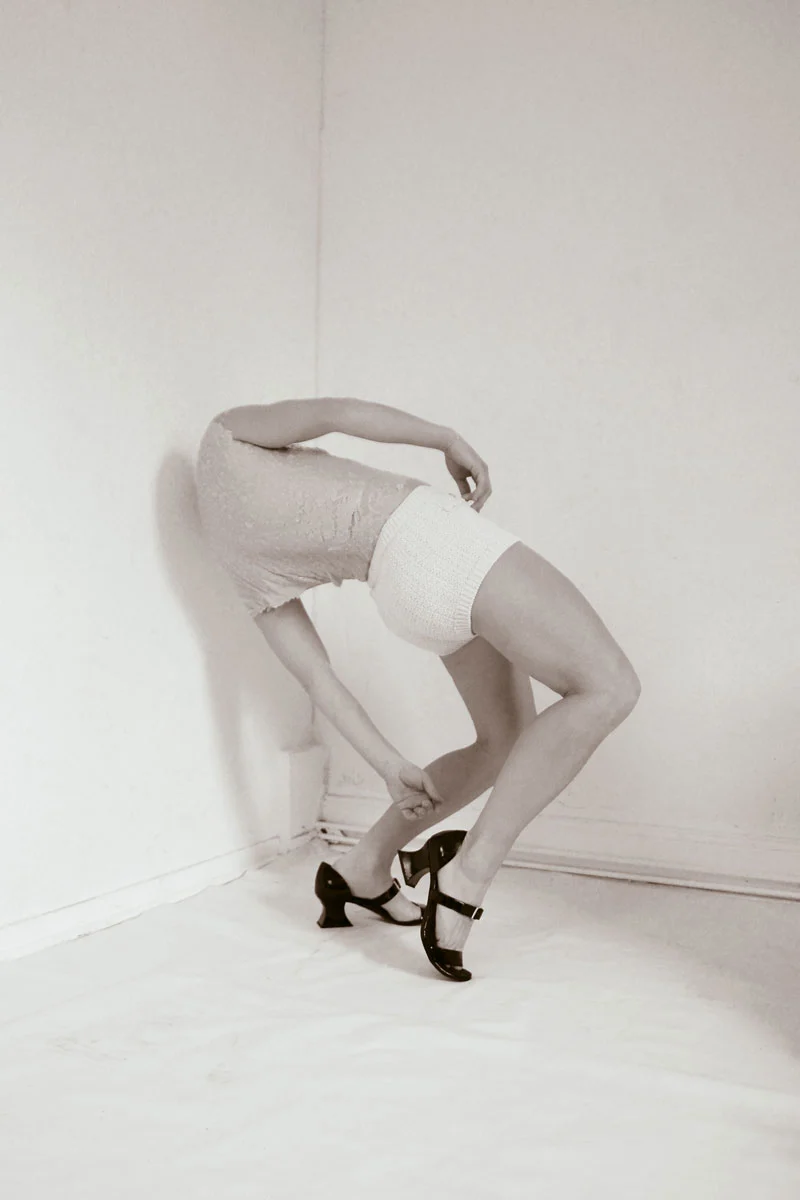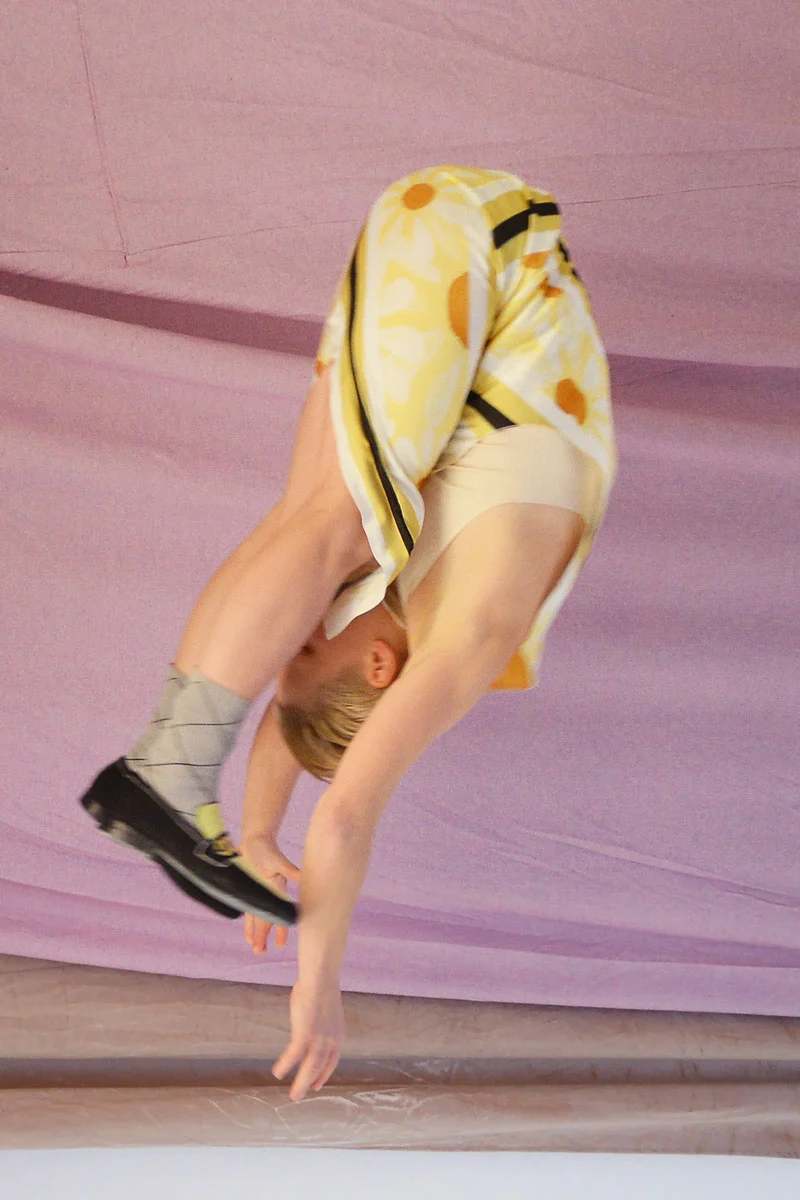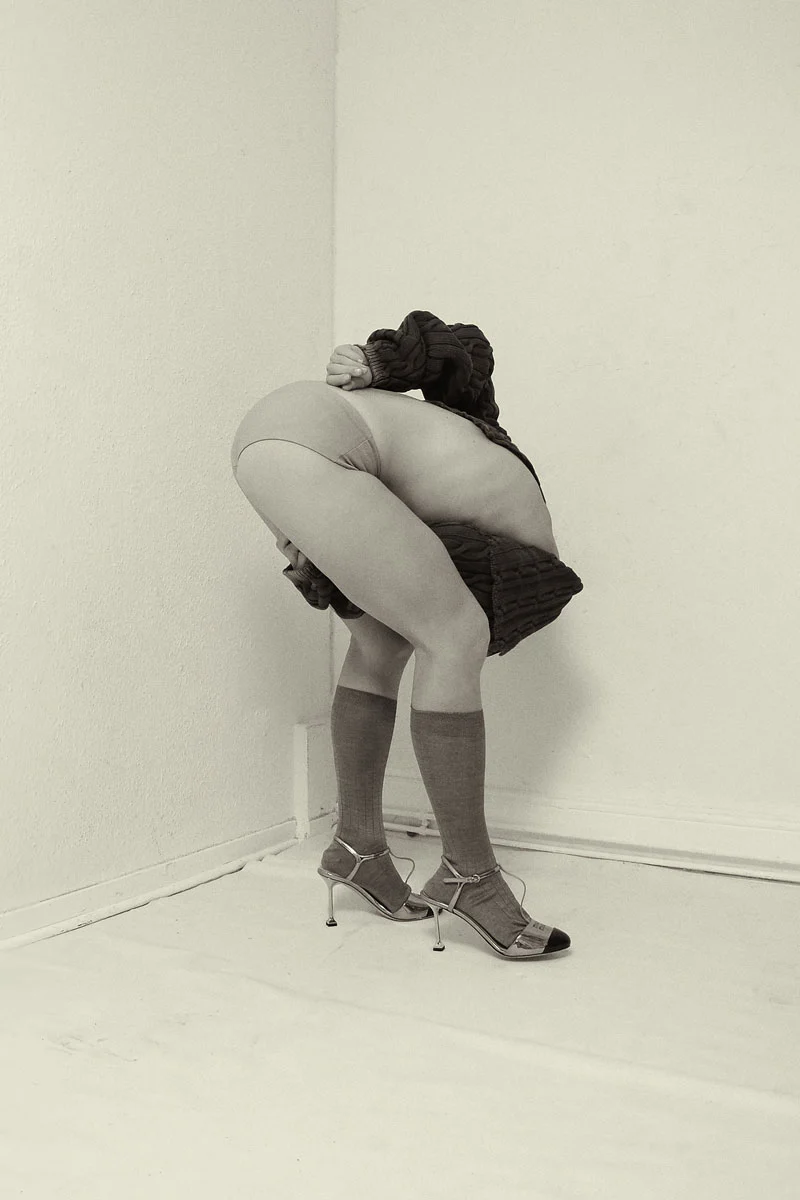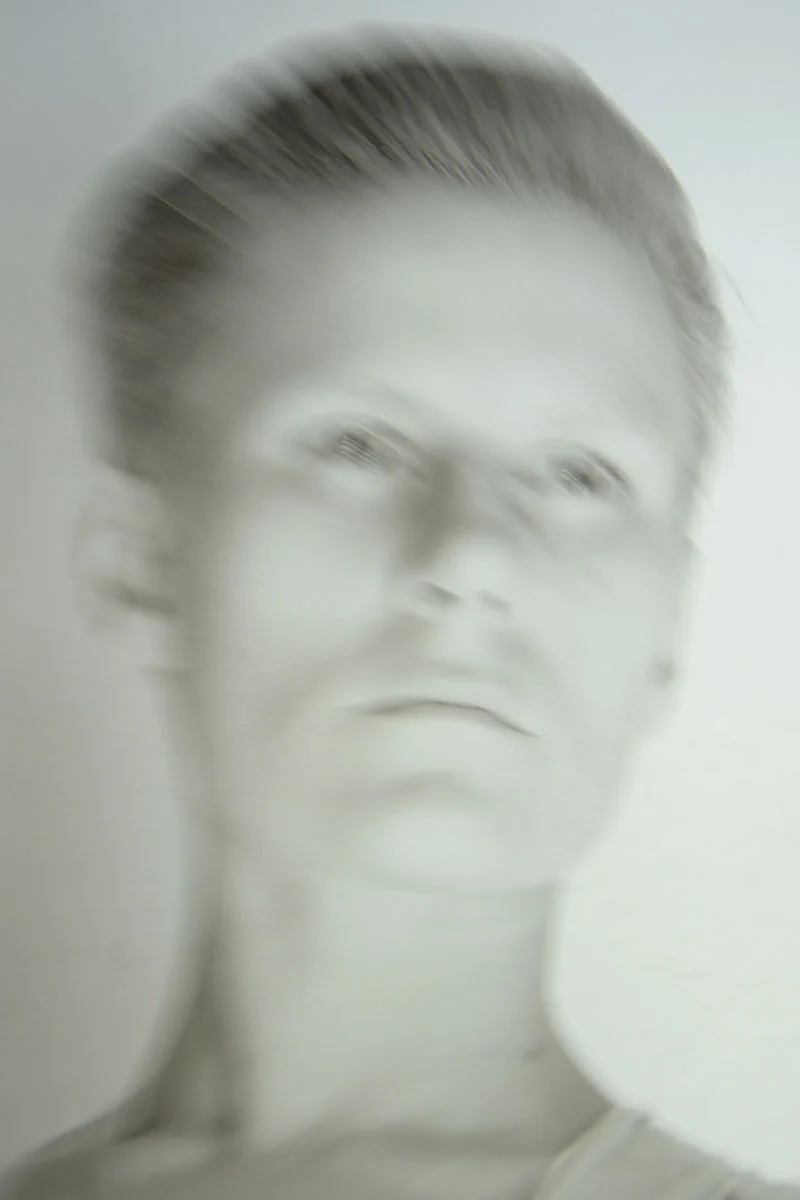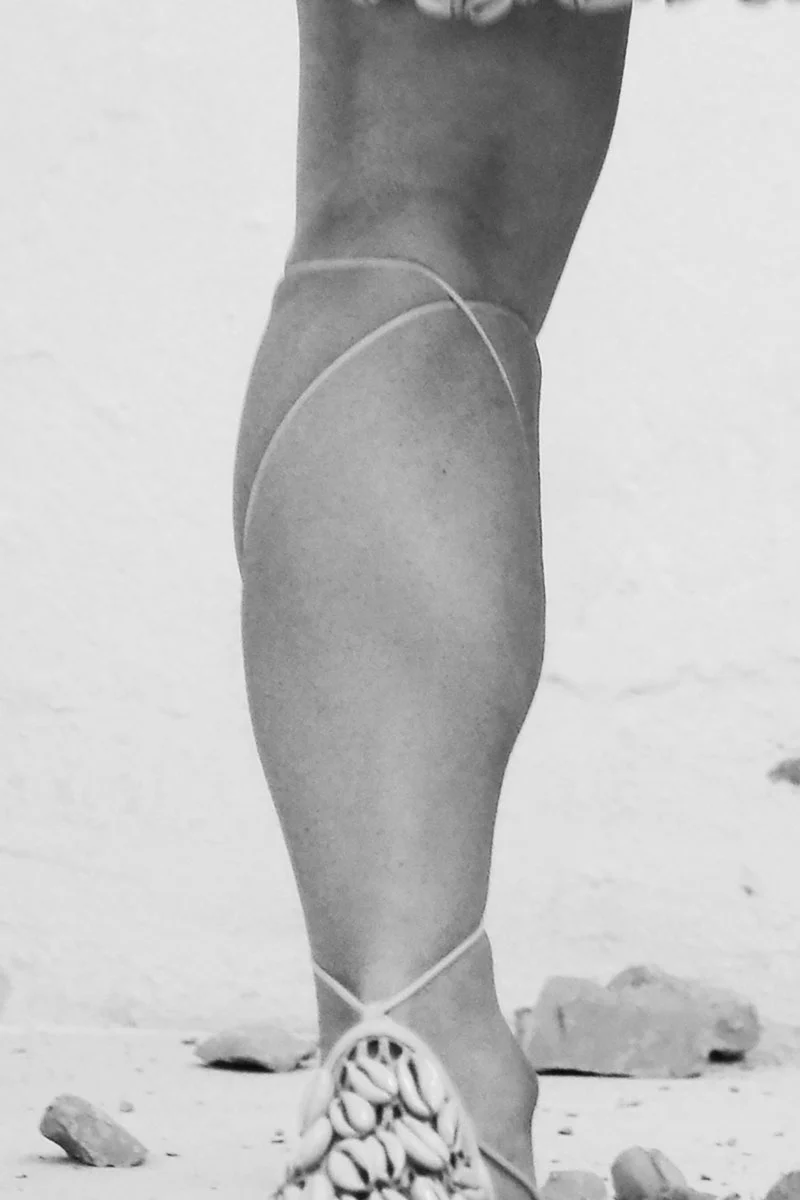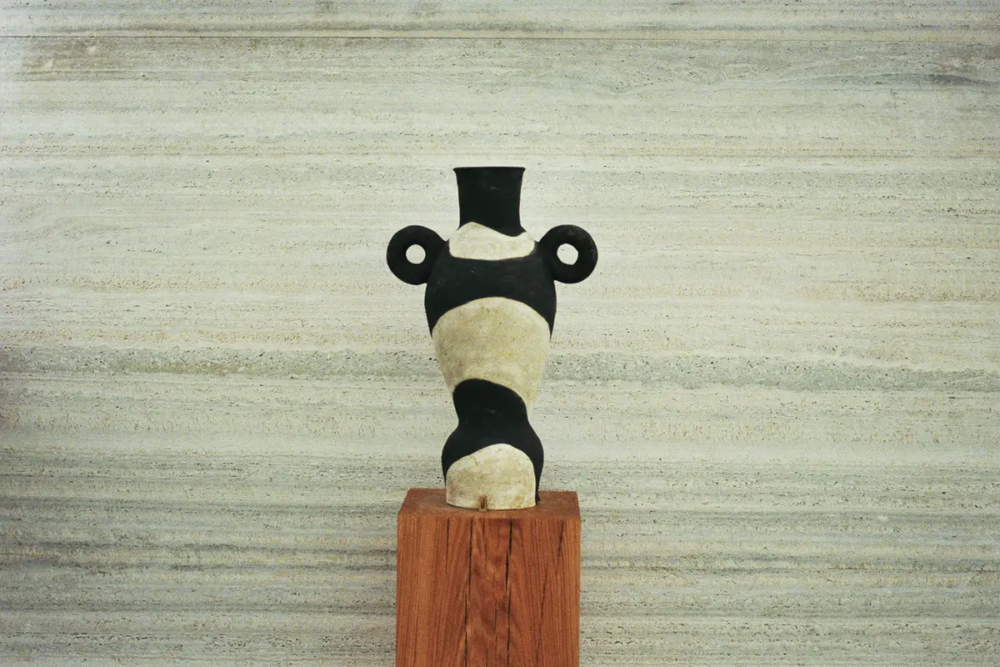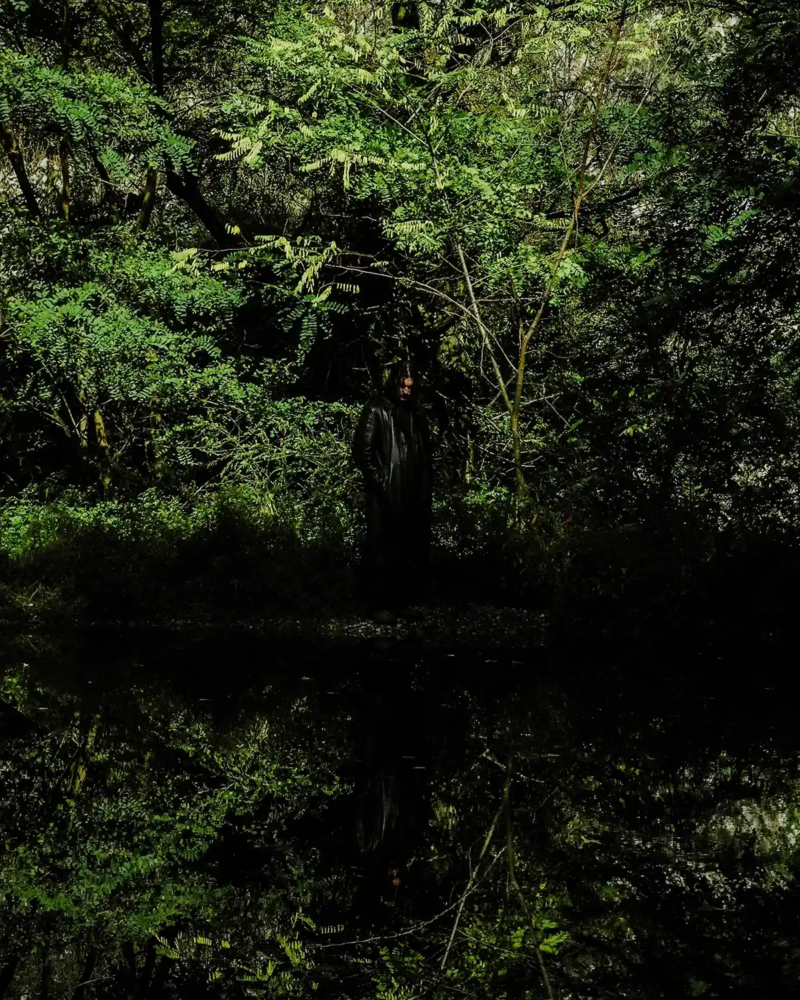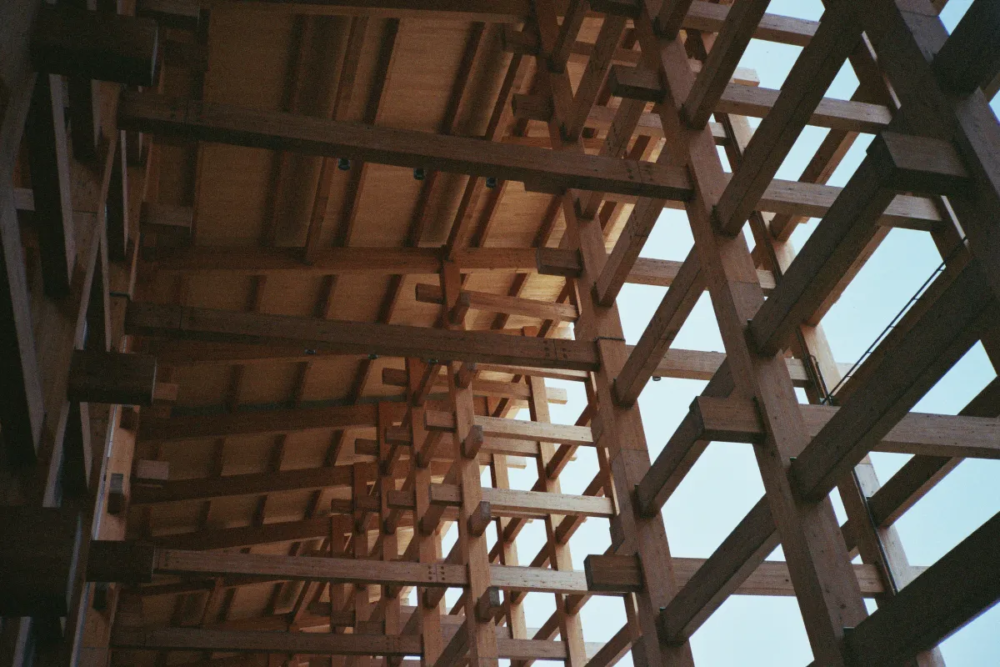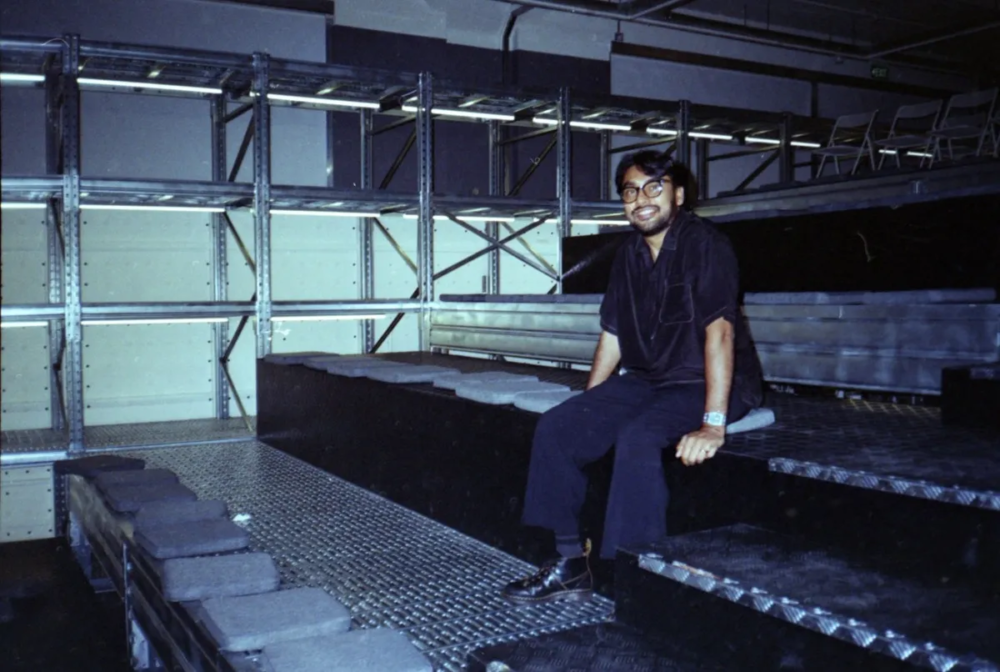
Isabelle Wenzel, art and clay: a legacy of feminist and ecological practices
Transforming blocks of dry clay into performative terrain: physical improvisation, self-timer photography, and material friction shape Isabelle Wenzel’s creative process
Clay as a performative medium: from ancient rituals to contemporary visual art
For millennia, clay has been more than a tool for shaping utilitarian objects—it has served as a tactile interface between human imagination and the physical world. In ancient Mesopotamia, clay tablets preserved the earliest forms of written language; in Pre-Columbian and African cultures, clay was used in ceremonial body painting and effigies to express cosmological beliefs. Within performance art, clay’s pliability, impermanence, and elemental nature make it a profound vehicle for transformation. Its tactile immediacy evokes ritual, labor, vulnerability, and bodily expression.
The visual story every given moment by German artist and acrobat Isabelle Wenzel picks up this historical lineage and places it in dialogue with photography, movement, and embodied materiality. Developed for Lampoon in 2022, the series transforms dry clay into both a sculptural material and a medium of performative engagement, echoing practices seen in the experimental works of 20th-century artists such as Ana Mendieta, who used earth and organic matter to imprint her body into the landscape.
Isabelle Wenzel: embodied photography at the edge of movement and stillness
Originally trained in photography and acrobatics, Wenzel’s practice sits at the convergence of gesture and image. She often appears in her own works, captured mid-movement through carefully timed self-portraiture. Her body, contorted into seemingly impossible forms, becomes a subject and a sculptural object—a physical interruption within static space.
In every given moment, Wenzel uses clay not only as scenography but as a partner in motion. “We had this dry clay and started improvising with it. At first, the clay was still in blocks. We needed to smash it to create a landscape,” she explains. This spontaneous transformation of the material becomes a narrative in itself. As she performs, the clay adheres to her skin, leaving marks and residues—unspoken dialogues between flesh and earth, composition and collapse. “Materiality is often the main inspiration for my embodied interactions,” she continues, underscoring the performative potential of tactile materials.
Body, trace, and terrain: performance art with clay across the 20th and 21st centuries
In the realm of contemporary art, clay has emerged as a key material in performance work for its transformative nature. Kazuo Shiraga, part of the Gutai group in postwar Japan, used his feet to manipulate clay and mud in radical acts of gestural painting. More recently, artists like Lindsay Seers and Rebecca Horn have used clay or earthen substances in installation and time-based works to explore identity, metamorphosis, and ephemerality.
What these practices share with Wenzel’s is a refusal to treat clay as inert. Rather, it acts as an active collaborator—a responsive surface that absorbs pressure, leaves traces, and crumbles under strain. Clay resists permanence: it speaks in the language of decay, intimacy, and tactile truth.
In every given moment, Wenzel extends this legacy by orchestrating her own interactions with the material while suspending the results within the photographic frame. There is no illusion of timelessness here—only the evidence of time pressed into skin, held in tension with stillness.
Photographic choreography: the tension between movement and sculpture
While Wenzel’s images appear sculptural, they are born from a dynamic process. The collaboration with stylist and fashion editor Arianna Bonifazi and set designer Michel Wenzel amplifies the interplay between body and material. The set, a raw terrain of smashed clay, is not merely a background but an unstable landscape that informs posture, gesture, and visual rhythm.
This physical instability mirrors Wenzel’s photographic process. Using a self-timer, she must prepare the body in motion, inhabit a fleeting, often uncomfortable pose, and wait—immobile—until the shutter clicks. “This time I generate a feeling of transparency by using mimetics,” she adds. The camouflage between body and clay recalls classical body painting and camouflage art, but here, it’s not about disappearance; it’s about shared materiality. The body does not vanish—it fuses, briefly, with the earth.
The symbolic power of clay in feminist and ecological performance art
Wenzel’s choice of clay is not neutral. As a material, it resonates with feminist art traditions that engage with bodily inscription, domestic labor, and cycles of destruction and regeneration. Ana Mendieta’s Silueta series, where the artist pressed her body into the earth, is a clear antecedent. In a different register, eco-feminist artists like Cecilia Vicuña have employed mud, soil, and clay to evoke indigenous worldviews, rituals of care, and ecological awareness.
In Wenzel’s work, the relationship between material and performer is non-hierarchical. Clay stains, sticks, resists—asserting its own agency. The work aligns with a growing discourse in post-humanist aesthetics that challenges the dichotomy between subject and object, human and material. The body is not a tool to manipulate clay; it is shaped by it in turn.
Photography as evidence of an embodied act: the legacy of trace-based art
At its core, every given moment is a study of trace. The clay-covered skin, the contorted body, the frozen pose—these are not only aesthetic decisions but conceptual strategies. They suggest a temporal process condensed into a frame, much like Yves Klein’s Anthropometries or Janine Antoni’s Loving Care, in which performance is recorded through residues on surfaces.
While Klein and others relied on assistants or live audiences, Wenzel works alone, her camera acting as both witness and co-conspirator. The self-timed exposure replaces the viewer’s gaze with a mechanical one. The intimacy is not performative—it is private, laborious, sculptural.
Credits:
Photographer: Isabelle Wenzel
Styling: Arianna Bonifazi
Set designer: Michel Wenzel
Editorial Team
